The Proterozoic Eon is one of four eons of time making up the history of this planet. It is the third of four eons, the first two with little preserved life, the last two with it. The eons include the Hadean, the Archean, the Proterozoic, and the Phanerozoic. Proterozoic means “early life” and extends from 2500 million to approximately 542 million years ago. Traditionally, all eras prior to the Cambrian period (which began 542 million years ago) were informally referred to as the “Pre-Cambrian”, but more recently these time periods were divided up and named.
Originally, the Proterozoic Eon referred to the era prior to the emergence of numerous multicellular fossils. However, relatively recent discoveries of complex pre-Cambrian organisms called the Ediacaran biota have thrown this convention into disarray. These only appeared a few tens of millions of years before the Cambrian, however, so the rough outline of the Proterozoic is still correct. The Proterozoic Eon is split into three geologic eras of roughly equal duration: the Paleoproterozoic, Mesoproterozoic, and Neoproterozoic.
The Proterozoic makes up more than half of the history of life on earth. Although life did originate prior to the Proterozoic, much of it is very poorly preserved, and little about it is known. Even fossil details from the Proterozoic are sketchy. The early portion of the era was dominated, perhaps exclusively, by single-celled photosynthetic organisms which are the descendents of today’s cyanobacteria. These sometimes gathered into colonies resembling beads on a string. Some of the more complex specimens were closely integrated colonies of prokaryotic cells, reaching as much as 1 mm in size, considered to be among the earliest eukaryotes (complex, larger cells).
During the beginning of the Proterozoic, the atmosphere had 100 to 1000 times the carbon dioxide content of today’s, making it more similar to the atmosphere of Mars than the present-day Earth with which we are familiar. Relatively abruptly about 2000 million years ago, oxygen-producing photosynthesizing single-celled organisms evolved, releasing tremendous amounts of oxygen in an event known as the oxygen catastrophe. This rusted all exposed iron on the surface, leaving behind geological evidence called banded iron formations. It probably also caused mass extinction among organisms unable to deal with such high oxygen concentrations.
Towards the end of the Proterozoic, about 800 million years ago, the planet was hit with an Ice Age so hard that many paleontologists believe most of the Earth was covered in glaciers. This period is called the Cryogenian for its low temperatures. Remarkably, life survived, perhaps in slightly warmer lakes deep beneath the frigid surface, like today’s Lake Vostok in Antarctica.
By the end of the Proterozoic, the unicellular ancestors of today’s animals, plants, and fungi had appeared, as well as some primitive blob and stalk-like organisms. In general, data about Proterozoic organisms is very scarce in comparison to eras that came after it. Lacking hard shells, these organisms did not preserve very well. The most common remnants are mysterious microfossils called acritarchs which come in a variety of shapes and sizes. They are thought to be the fossils of unicellular photosynthetic protists.
October 6, 2008
Subscribe to:
Post Comments (Atom)
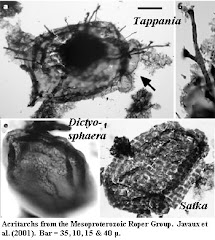
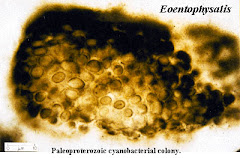
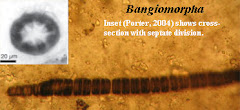
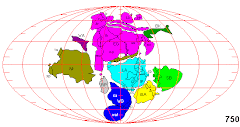



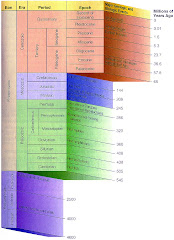
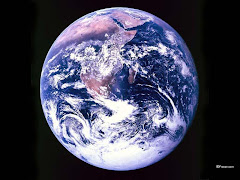
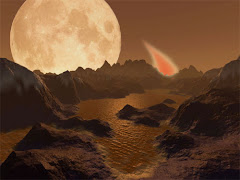
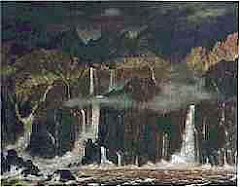
No comments:
Post a Comment